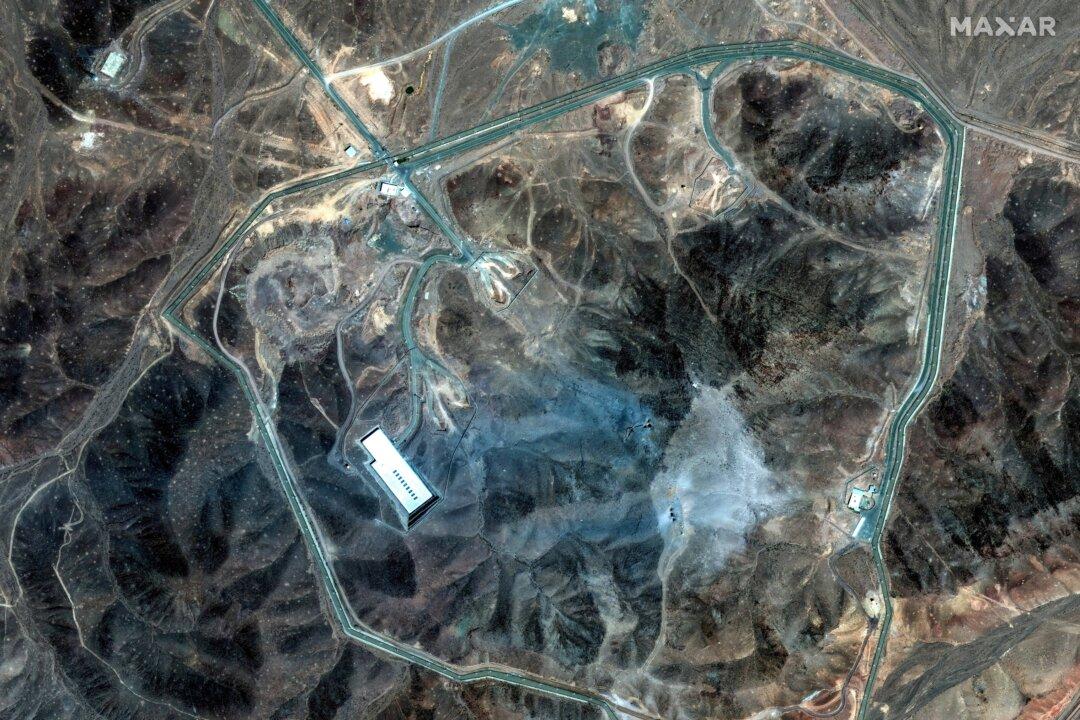The scenic village in the Southwestern Chinese city of Chengdu designed to replicate the buildings and streets depicted in the famous 18th century Chinese novel, “Dream of Red Mansions,” has failed to attract enough visitors despite local authorities spending nearly 2 billion yuan (roughly $295 million) to create the antique town.
Today, it is a ghost town.





